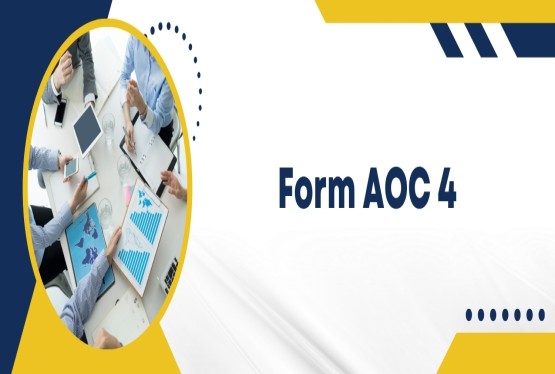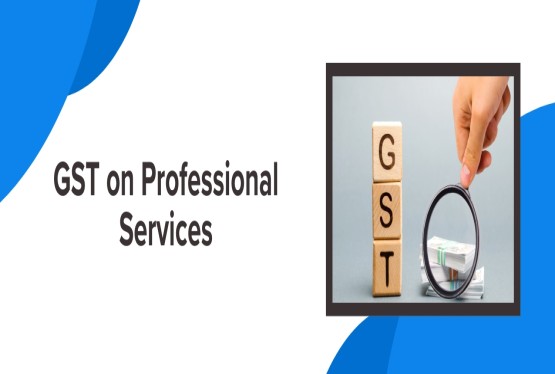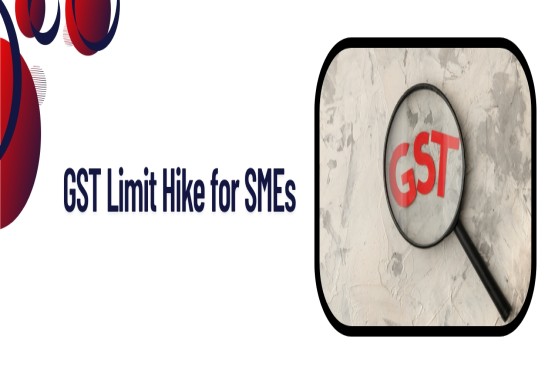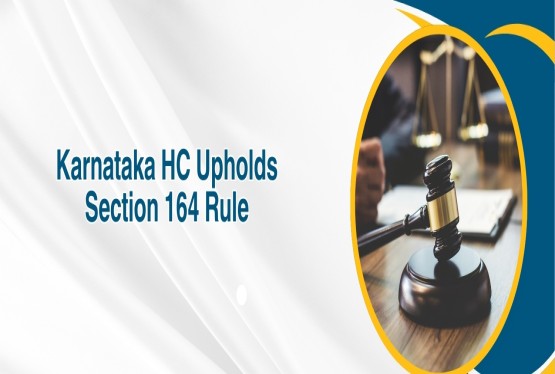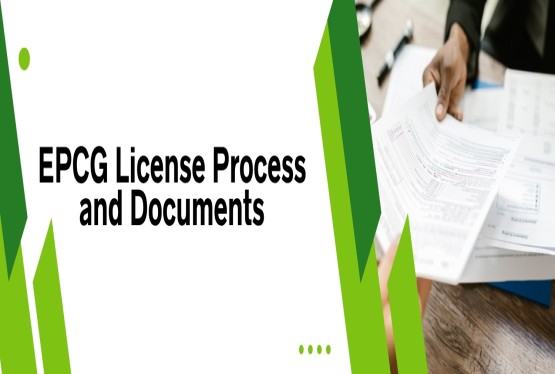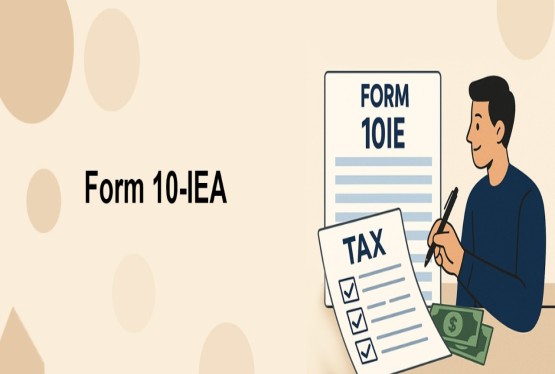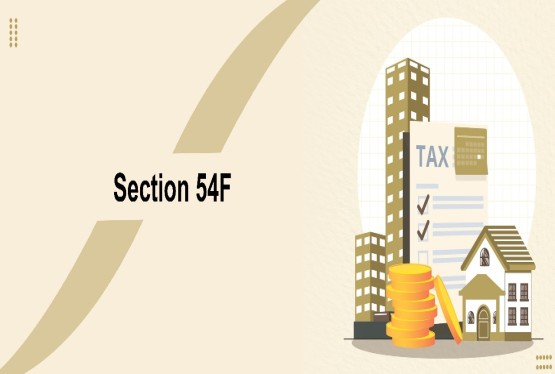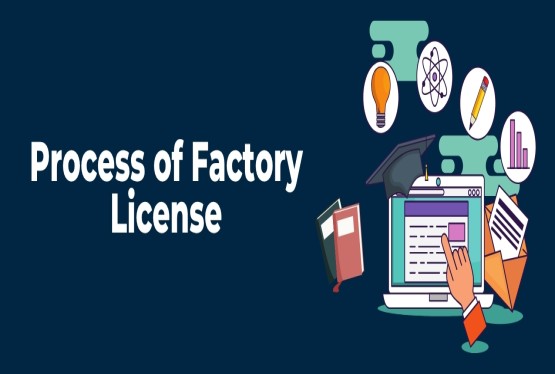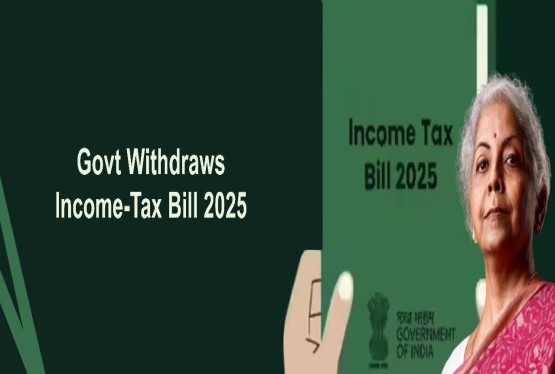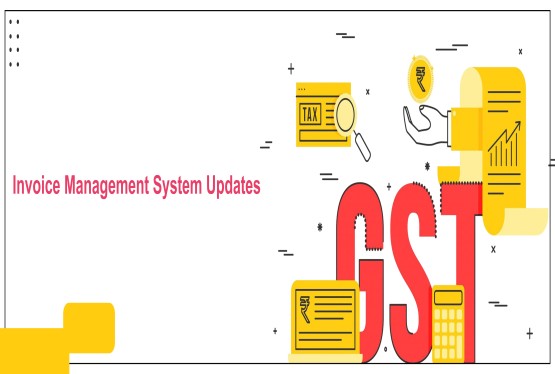The Export Promotion Capital Goods (EPCG) Scheme is a government program that helps Indian exporters grow by letting them import machinery and equipment at zero or low customs duty. In return, they must export goods or services worth a fixed amount within a set time. This license is useful for both manufacturers and service providers as it reduces the cost of upgrading to modern technology, improves production quality, and increases efficiency. The scheme is managed by the Directorate General of Foreign Trade (DGFT). While the benefits are big, exporters must follow certain rules like meeting their export targets, filing annual reports, and keeping proper records. For businesses wanting to expand in global markets, the EPCG License can be a smart and co st-saving option.
What is an EPCG License?
An EPCG License (Export Promotion Capital Goods License) is a permission given by the Directorate General of Foreign Trade (DGFT) that allows exporters to import capital goods like machinery, equipment, and spare parts at zero or low customs duty. These goods must be used to produce items or services meant for export. In return, the exporter must fulfil an Export Obligation (EO), usually exporting goods or services worth six times the duty saved, within six years. The scheme is available to both manufacturers and service providers, including hotels, hospitals, and software companies. The main aim of the EPCG Scheme is to help Indian exporters upgrade technology, improve quality, and become more competitive in international markets while saving on initial costs.
Benefits of an EPCG License
Here are the Benefits of an EPCG License it enables exporters to import capital goods at zero or reduced duty, enhance technology, expand production, improve quality, reduce costs, and support both manufacturers and service providers are:
Zero or Concessional Customs Duty on Imports
One of the biggest advantages of the EPCG Scheme is that it allows eligible exporters to import capital goods at 0% customs duty or at a significantly reduced rate. This directly reduces the cost of setting up or upgrading production facilities. For example, if a company imports machinery worth Rs.1 crore with a 25% duty rate, the EPCG License can save them up to Rs.25 lakh in upfront costs.
Access to Advanced Global Technology
The scheme enables Indian exporters to acquire cutting-edge machinery and equipment from international suppliers. This helps in upgrading existing production lines, introducing automation, and adopting energy-efficient technologies. Better technology leads to improved product quality, consistency, and compliance with international safety and performance standards.
Enhanced Production Capacity
By using modern machinery, businesses can increase their output without compromising on quality. Higher production capacity means the ability to take on larger export orders, reduce turnaround time, and cater to multiple markets simultaneously boosting both revenue and market share.
Improved Cash Flow and Capital Allocation
The duty exemption or reduction means that companies don’t have to block large amounts of working capital in customs duty payments. This frees up funds for other essential business needs such as marketing campaigns, research and development (R&D), raw material procurement, or expansion projects.
Strengthened Global Competitiveness
With lower production costs and better quality output, exporters can price their products more competitively in international markets. This not only helps in retaining existing buyers but also in entering new markets where price sensitivity is high.
Inclusion of Service Sector Exporters
The benefits of the EPCG Scheme are not restricted to manufacturers. Service exporters including hotels, hospitals, logistics companies, and IT firms that earn foreign exchange can also import capital goods under concessional duty. For example, a hotel catering to foreign tourists can import advanced kitchen equipment or luxury fixtures under this scheme.
Long-Term Business Growth
Since the EPCG License provides a six-year window to meet the export obligation, it allows businesses enough time to set up, test, and optimise production or service facilities. The improved capacity and quality help in building a stronger export portfolio over time.
Eligibility Criteria for EPCG License
The Export Promotion Capital Goods (EPCG) Scheme is open to a wide range of exporters. The eligibility is defined under the Foreign Trade Policy (FTP) and determined by the Directorate General of Foreign Trade (DGFT). Businesses must fall into one of the following categories:
-
Manufacturer Exporters: Any business engaged in producing goods in India for export is eligible. This includes small, medium, and large-scale manufacturers who directly export their products.
-
Merchant Exporters Tied to Supporting Manufacturers: Traders or intermediaries who export goods manufactured by others can apply, provided they have a formal tie-up with the supporting manufacturer.
-
Service Providers: Companies that export services and earn foreign exchange, such as hotels, hospitals, IT firms, logistics companies, engineering service providers, and educational institutions, can benefit under the EPCG Scheme.
-
Export-Oriented Units (EOUs) and SEZ Units: Units registered under the Export-Oriented Unit scheme or operating in a Special Economic Zone (SEZ) are eligible, as long as they meet the export obligation norms.
-
Deemed Export Suppliers: Manufacturers supplying goods to projects or entities classified as deemed exports under the FTP (such as supplies to EOU/SEZ units, power projects, etc.) can also be eligible.
Compliance Requirements for EPCG License Holders
Getting an EPCG License comes with significant benefits, but it also brings strict compliance obligations under the Foreign Trade Policy (FTP). Failing to meet these requirements can result in heavy penalties, repayment of duty saved, and even blacklisting by the Directorate General of Foreign Trade (DGFT).
Fulfilment of Export Obligation (EO)
The exporter must complete exports worth six times the duty saved within six years of license issuance. EO can be met through direct exports, deemed exports, or supplies to SEZ units as permitted under the Foreign Trade Policy.
Annual Reporting to DGFT
Every year, license holders must submit an Annual Progress Report to DGFT through the online portal. This report, certified by a Chartered Accountant, contains export performance details and ensures ongoing compliance until the Export Obligation is fulfilled.
Installation Certificate Submission
An Installation Certificate must be submitted within six months of import, issued by a Jurisdictional Central Excise Officer or an Independent Chartered Engineer. This verifies that the imported capital goods have been installed at the declared business premises.
Usage Restriction
Capital goods imported under the EPCG Scheme must be used only for the approved purpose and location. They cannot be sold, transferred, or disposed of before completing the export obligation unless prior permission is obtained from DGFT authorities.
Proper Record Maintenance
The license holder must maintain detailed records of imported goods, export invoices, production data, and usage logs. These records should be available for DGFT inspections until the Export Obligation is formally discharged through an Export Obligation Discharge Certificate (EODC).
Obtaining Export Obligation Discharge Certificate (EODC)
After fulfilling the Export Obligation, exporters must apply to DGFT for an EODC, providing proof of exports, usage, and compliance. Without this certificate, the EPCG License remains open, and penalties may apply for closure delays.
Penalties for Non-Compliance
If the exporter fails to meet the Export Obligation, they must repay the saved duty with applicable interest. DGFT may also impose penalties, cancel the Import Export Code (IEC), and blacklist the exporter from future trade benefits.
Documents Required for EPCG License Application
To apply for an EPCG License, the following documents are generally required:
-
Importer Exporter Code (IEC)
-
PAN Card and GST Registration Certificate
-
Proof of past export performance (shipping bills, export invoices)
-
Project report with technical specifications of the capital goods to be imported
-
Proforma Invoice from the foreign supplier/manufacturer
-
Chartered Engineer’s certificate
-
Self-certified copy of Registration-cum-Membership Certificate (RCMC) from the relevant Export Promotion Council
Learn more about Documents and Procedure of EPCG License.
Post-Issuance Compliance for EPCG License Holders
Once the EPCG License is issued by the Directorate General of Foreign Trade (DGFT), the responsibility of the exporter does not end with importing capital goods. The real challenge lies in meeting the ongoing compliance requirements to ensure the scheme’s benefits remain valid. Non-compliance can lead to the withdrawal of duty exemptions and penalties. Below are the key post-issuance compliance obligations:
Import and Installation of Capital Goods
Capital goods must be imported strictly as per the license terms. Once received, they should be installed at the declared premises. An Installation Certificate from a Jurisdictional Central Excise Officer or Chartered Engineer must be submitted within six months from import.
Commencement of Export Activity
After installation, exporters should begin production or service operations to generate export revenue. Delaying production can put pressure on meeting the Export Obligation (EO) within the stipulated period of six years.
Fulfilment of Export Obligation (EO)
The exporter must complete exports worth six times the duty saved within six years. EO can be met through direct exports, deemed exports, or supplies to SEZs. Export performance must be tracked regularly to avoid last-minute shortfalls.
Submission of Annual Progress Reports
Every year, an Annual Progress Report must be filed with DGFT, certified by a Chartered Accountant. This document confirms the exporter’s compliance status and is essential for monitoring the fulfilment of the EO.
Record Keeping for Verification
Maintain detailed records of imported goods, production logs, and export documents. These should be available for DGFT verification until the Export Obligation Discharge Certificate (EODC) is obtained.
Applying for Export Obligation Discharge Certificate (EODC)
Once the EO is completed, the exporter must apply to DGFT for an EODC, submitting all required proof of compliance. The EODC is the official closure of the EPCG obligation.
Avoiding Non-Compliance Penalties
Failure to comply can result in repayment of saved duty with interest and possible blacklisting. Exporters should monitor timelines closely and keep all documentation ready for inspections.
Summary
The EPCG License is a helpful scheme for Indian exporters to save money, bring in modern machines, and compete better in the global market. It allows import of capital goods at zero or low customs duty, which benefits both manufacturers and service providers. With better technology and increased capacity, exporters can improve quality, meet larger orders, and grow faster. But these benefits come with rules exporters must complete their export targets, submit reports on time, keep proper records, and follow DGFT guidelines. Careful planning and regular monitoring are important to avoid penalties and finish the scheme successfully. For any business aiming to expand in foreign markets, the EPCG Scheme is not just a cost-saving option but a smart step towards long-term growth.
Frequently Asked Questions
Q1. What does EPCG stand for?
Ans. EPCG stands for Export Promotion Capital Goods. It is a government scheme that allows eligible exporters to import capital goods at zero or concessional customs duty, subject to fulfilling export obligations.
Q2. Who can apply for an EPCG License?
Ans. Manufacturer exporters, merchant exporters with supporting manufacturers, service exporters, Export-Oriented Units (EOUs), and Special Economic Zone (SEZ) units are eligible under the EPCG Scheme.
Q3. What type of goods can be imported under EPCG?
Ans. Only new capital goods such as machinery, equipment, and spare parts used for production or service delivery can be imported. Second-hand machinery is not allowed.
Q4. What is the main benefit of the EPCG Scheme?
Ans. The main benefit is cost savings by importing capital goods at zero or reduced duty, which helps exporters improve technology, increase production capacity, and compete better globally.
Q5. What is the export obligation under EPCG?
Ans. Exporters must achieve exports worth six times the duty saved within six years from the date of license issue. This can be done via direct exports, deemed exports, or SEZ supplies.
Q6. How is the export obligation calculated?
Ans. The obligation is based on the total customs duty saved at the time of importing the capital goods.
Q7. Are service exporters eligible under EPCG?
Ans. Yes. Hotels, hospitals, IT companies, logistics firms, and other service providers earning foreign exchange are eligible for EPCG benefits.
Q8. What are the key compliance requirements for EPCG License holders?
Ans. Exporters must meet the export obligation, submit annual progress reports, get an installation certificate within six months, maintain detailed records, and comply with DGFT rules.
Q9. What happens if export obligations are not met?
Ans. Exporters must repay the duty saved along with applicable interest. DGFT may also impose penalties and cancel the Importer Exporter Code (IEC).
Q10. Can I transfer or sell the capital goods imported under EPCG?
Ans. No. The goods must be used only for the approved purpose and cannot be sold or transferred before fulfilling the export obligation without DGFT permission.

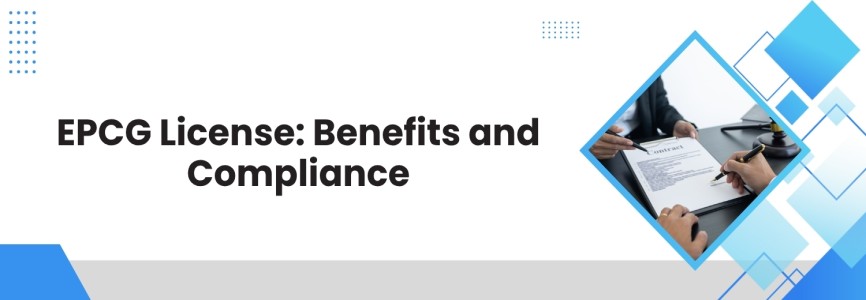






_crop10_thumb.jpg)




































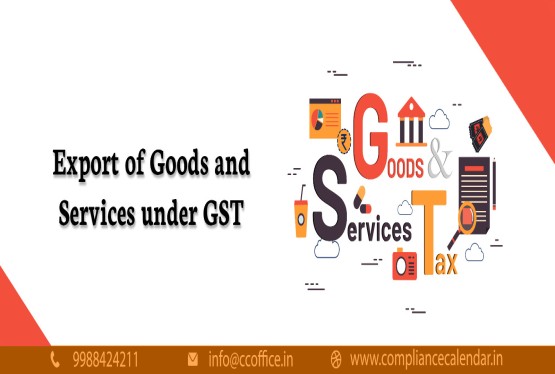













































_for_FY_2025-26_crop10_thumb.jpg)



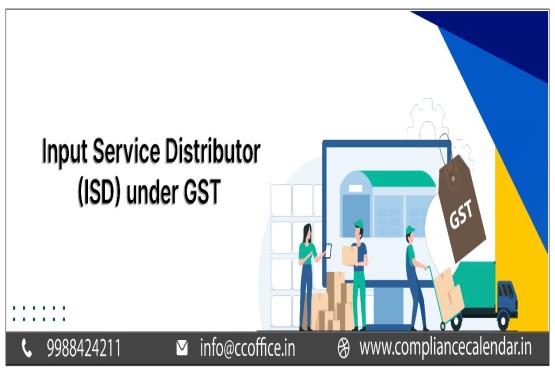








_learn_crop10_thumb.jpg)








_Filing_Due_Dates_for_FY_2024-25_learn_crop10_thumb.jpeg)
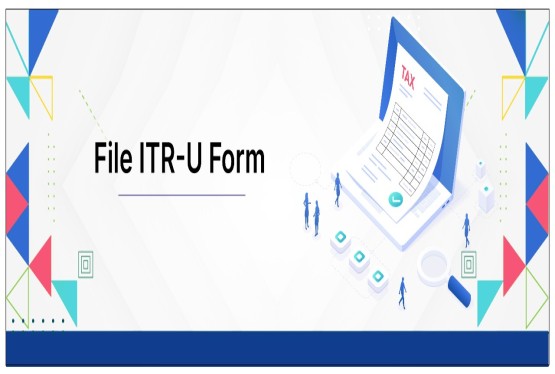
























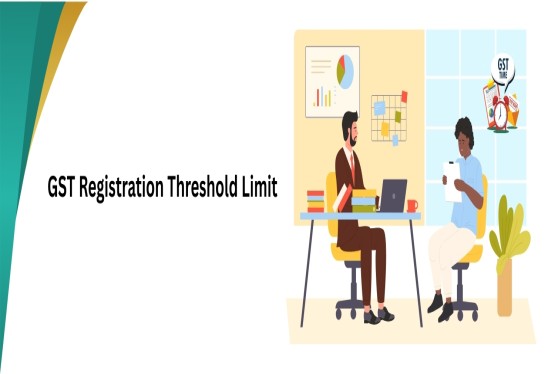
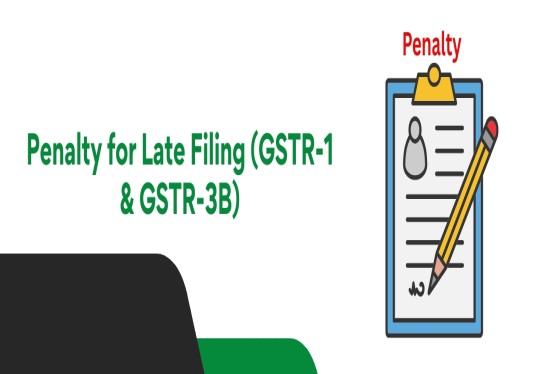












_of_GST_Act_learn_crop10_thumb.jpg)










_Under_GST_learn_crop10_thumb.jpg)









_crop10_thumb.jpg)


_crop10_thumb.jpg)






_learn_crop10_thumb.jpg)






















_of_the_Income_Tax_Act_learn_crop10_thumb.jpg)



_learn_crop10_thumb.jpg)






_learn_crop10_thumb.jpg)






_crop10_thumb.jpg)




















_in_The_Income_Tax_Act,_1961_learn_crop10_thumb.jpg)



_learn_crop10_thumb.jpg)



_of_the_Income_Tax_Act_learn_crop10_thumb.jpg)

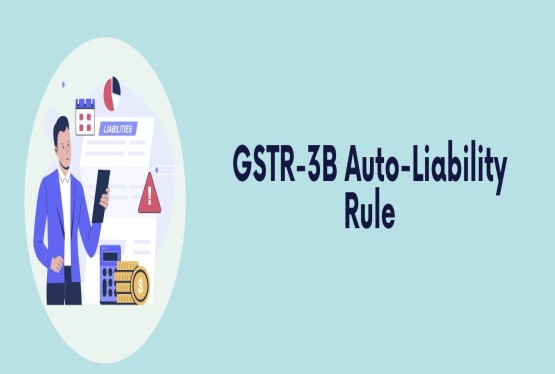
_Of_Income_Tax_Act_learn_crop10_thumb.jpg)








_learn_crop10_thumb.jpg)








_learn_crop10_thumb.jpg)
_crop10_thumb.jpg)






















_learn_crop10_thumb.jpg)
_for_Import_and_Export_learn_crop10_thumb.jpg)









